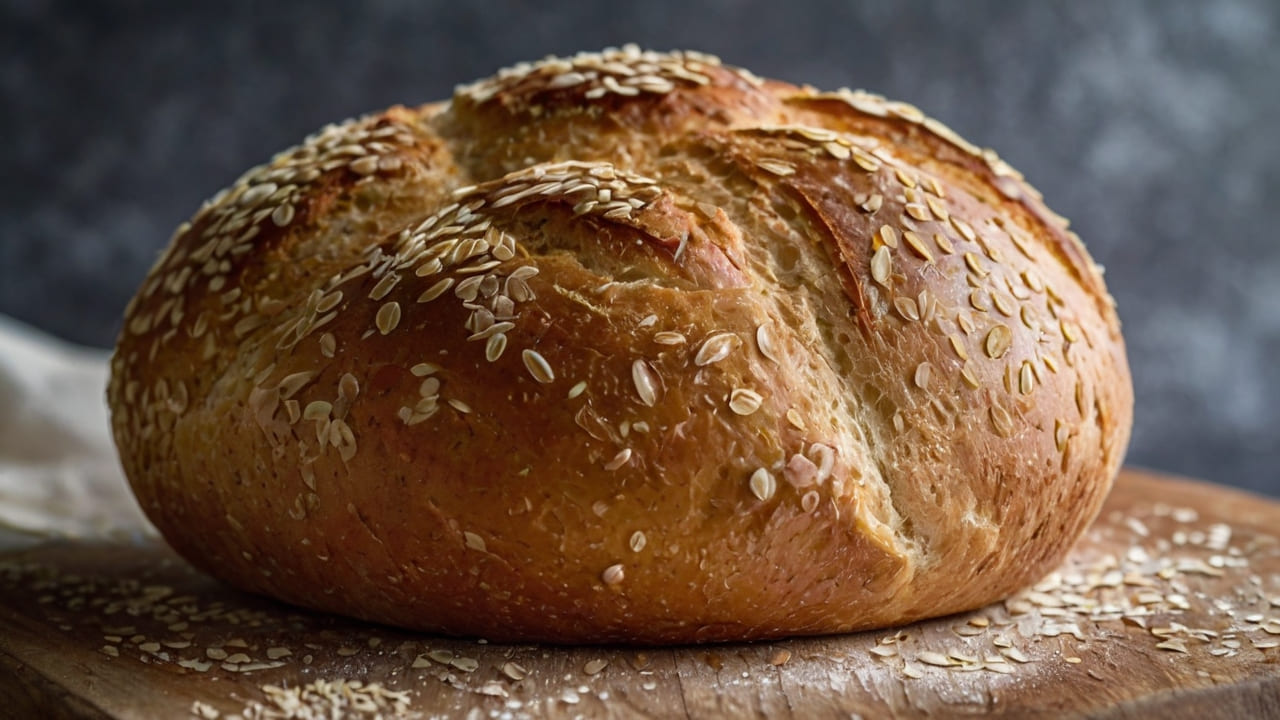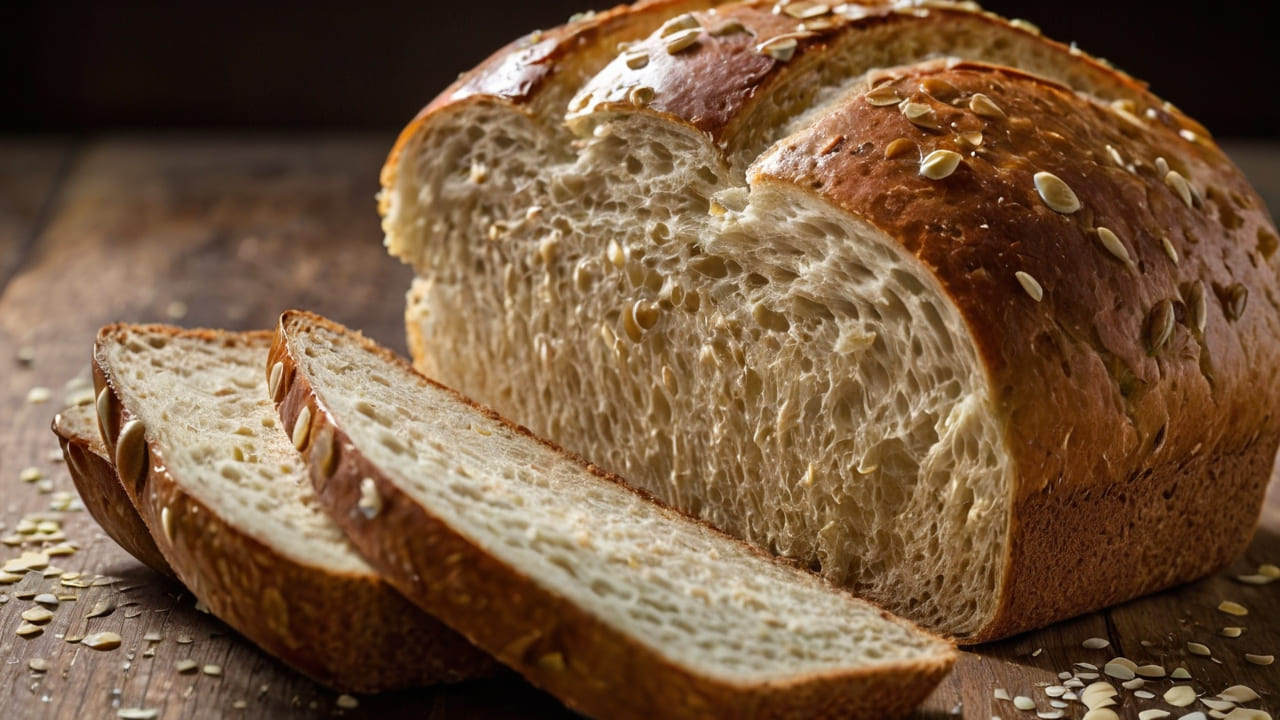
What Does Adding More Yeast to Bread Do? A Complete Guide
What Does Adding More Yeast to Bread Do?

When it comes to baking bread, yeast is an essential ingredient that drives the fermentation process, causing the dough to rise and develop its characteristic texture and flavor. But what happens if you decide to add more yeast to your bread dough? Does it improve the outcome, or could it lead to unexpected results? Let’s dive into the science and art of using yeast in bread-making.
The Role of Yeast in Bread-Making
Yeast, a microscopic fungus, plays a vital role in bread-making. It consumes sugars in the dough, producing carbon dioxide gas and alcohol as by-products. This gas is trapped in the dough, causing it to rise and expand. The alcohol, while mostly evaporated during baking, contributes to the bread's flavor.
The standard yeast amount typically works well for most recipes, ensuring a balanced rise and proper texture. However, adding more yeast can alter the bread's characteristics in several ways.
The Effects of Adding More Yeast to Bread Dough

1. Increased Rise Time
One of the most immediate effects of adding more yeast is an accelerated rise. With more yeast present, fermentation occurs faster, causing the dough to rise more quickly. This can be beneficial if you're in a hurry, but it might not always be desirable.
A rapid rise can lead to a less developed flavor since the dough has less time to ferment and develop complex flavors. This quick process can also cause the dough to be less stable, potentially leading to overproofing, where the dough collapses before baking.
2. Texture Changes
Increasing the yeast quantity can also affect the texture of the bread. A dough with more yeast tends to have a lighter, airier texture due to the increased production of carbon dioxide. This might be perfect for some types of bread, like a soft sandwich loaf, but less desirable for denser breads like sourdough or artisan loaves.
Moreover, too much yeast can cause large air pockets in the bread, leading to an uneven crumb structure. This might be visually unappealing and can affect the bread's ability to hold spreads or fillings.
3. Altered Flavor
Flavor is another critical aspect influenced by yeast. Typically, a long, slow fermentation process allows for the development of complex flavors as the yeast interacts with the flour's proteins and starches. By adding more yeast and shortening the fermentation time, you might end up with a blander taste, lacking the depth that comes from extended fermentation.
However, some bakers might appreciate the slightly sweeter, yeastier flavor that comes from a higher yeast content, particularly in breads meant to be soft and mild.
When Should You Add More Yeast?
Knowing when to add more yeast comes down to understanding the type of bread you want to bake and the time you have. If you're aiming for a quick rise and don’t mind a milder flavor, adding more yeast can be a great strategy. However, if you're after a bread with a rich, complex flavor and a chewy texture, sticking to the recommended yeast amount is usually best.
In some cases, such as when baking in a cold environment or when using a high-protein flour that requires more leavening power, you might choose to increase the yeast slightly. Adjusting the yeast content can also be beneficial when making large batches of dough that need to rise evenly.
Tips for Adjusting Yeast in Bread Recipes
If you're considering adding more yeast to your recipe, here are some tips to help you achieve the best results:
- Start Small: Instead of doubling the yeast, try increasing it by 25-50% first. This allows you to gauge the effect without risking overproofing or altering the texture too drastically.
- Monitor the Dough: Keep a close eye on your dough as it rises. With more yeast, it will rise faster, so you may need to shorten the proofing time to avoid overproofing.
- Adjust the Flour: If the dough is rising too quickly or becoming too sticky, consider adding a bit more flour to balance the hydration.
- Experiment with Flavors: If you notice the flavor is less developed, try adding a bit of sugar or honey to compensate for the shorter fermentation time.
Understanding the Impact on Different Bread Types

Different types of bread will react differently to added yeast. Let's explore how increased yeast affects various bread types:
1. Artisan Breads
Artisan breads, like sourdough or rustic loaves, typically rely on slow fermentation to develop their signature flavors and textures. Adding more yeast to these types of bread can lead to a loss of flavor complexity and an overly airy texture. In such cases, it's often better to stick to the traditional amounts of yeast or use a natural starter instead.
2. Sweet Breads
In contrast, sweet breads like brioche or challah often benefit from a little extra yeast. These breads contain higher amounts of sugar and fat, which can slow down yeast activity. By increasing the yeast content slightly, you can ensure a proper rise without extending the fermentation time too much.
3. Whole Grain Breads
Whole grain breads tend to be denser due to the higher fiber content, which can inhibit gluten development. Adding more yeast can help lighten the texture and improve the rise, making the bread less heavy. However, balance is key to avoid overproofing and ending up with a crumbly loaf.
Historical Context: Louis Pasteur and Yeast Research
The science of yeast was greatly advanced by Louis Pasteur, the renowned French chemist and microbiologist, in the mid-19th century. Pasteur’s work on fermentation and the role of microorganisms laid the groundwork for modern baking. His research demonstrated that yeast is a living organism that plays a critical role in converting sugars into alcohol and carbon dioxide, which is fundamental to the bread-making process.
Pasteur’s discoveries not only revolutionized baking but also had a significant impact on other industries, such as brewing and winemaking. His work on pasteurization, a process that kills harmful bacteria in food and beverages, further highlights his influence on food science.
Troubleshooting Common Issues When Using More Yeast
Adding more yeast can sometimes lead to challenges, especially if you're new to baking. Here are some common issues and how to address them:
1. Overproofing
With more yeast, the dough can rise too quickly, leading to overproofing. Overproofed dough often collapses and results in a dense, flat loaf. To prevent this, reduce the proofing time and check the dough frequently.
2. Gummy Texture
If the bread turns out gummy or too moist, it might be a sign that the dough had too much yeast or was overproofed. In such cases, try reducing the yeast or adjusting the proofing time.
3. Uneven Crumb
Large air pockets or an uneven crumb structure can result from too much yeast. To achieve a more uniform crumb, gently knead the dough after the first rise to redistribute the gas bubbles before shaping the loaf.
Conclusion
Adding more yeast to bread dough is a technique that can yield various results, depending on the type of bread you’re making and your personal preferences. Whether you want a quicker rise, a lighter texture, or a different flavor profile, understanding how yeast works will help you make informed decisions.
For those interested in exploring different bread-making techniques, it's worth experimenting with yeast levels to find the perfect balance for your recipes. And if you're in the market for a reliable bread maker to experiment with your newfound knowledge, Bestbreadmaker.store is a great place to start, offering a variety of top-rated machines that make baking at home easier than ever.
By applying the tips and insights shared here, you'll be well on your way to mastering the art of bread-making, with or without extra yeast. Happy baking!

